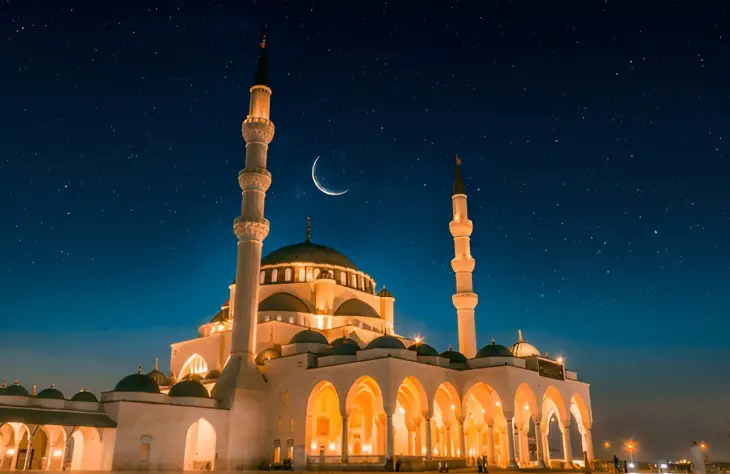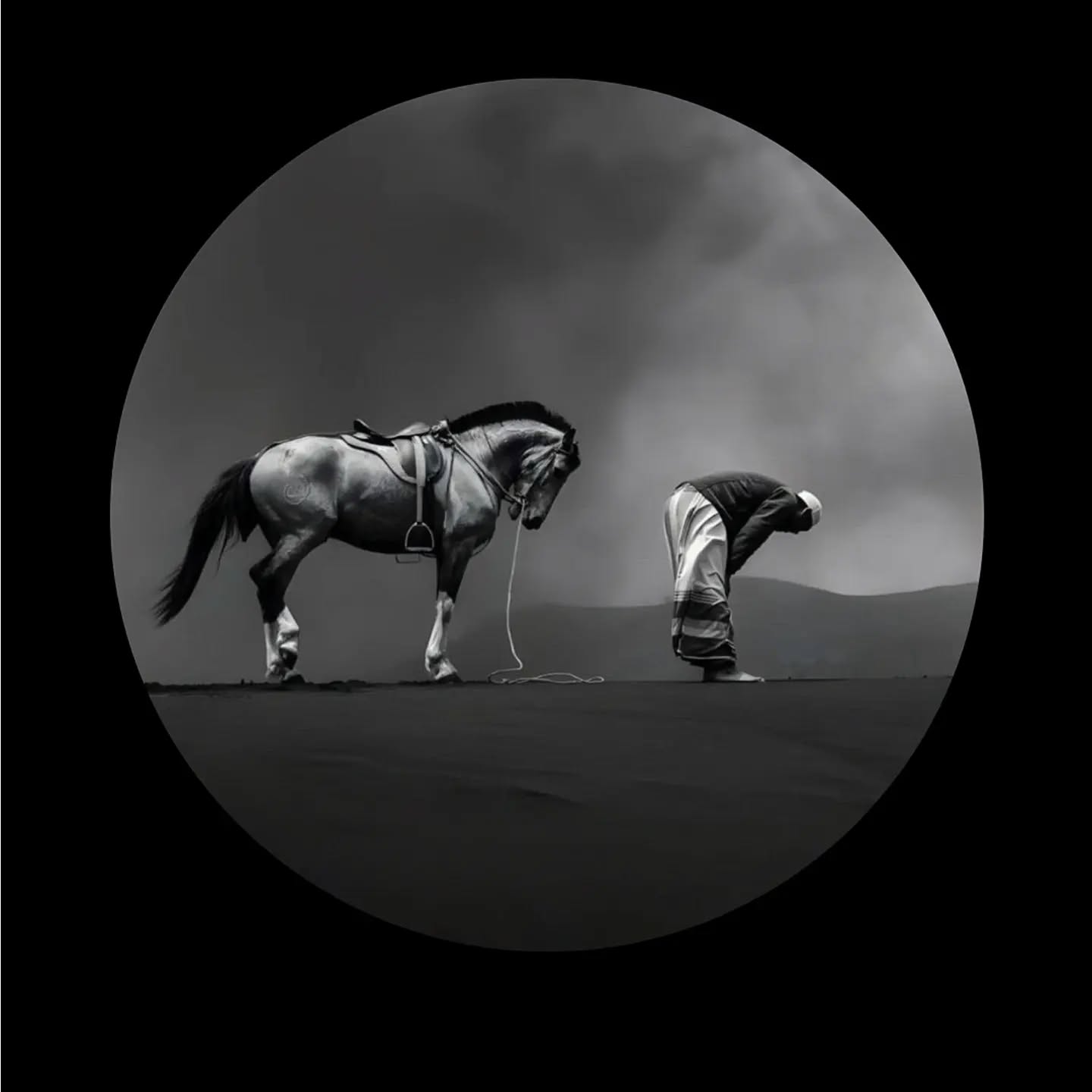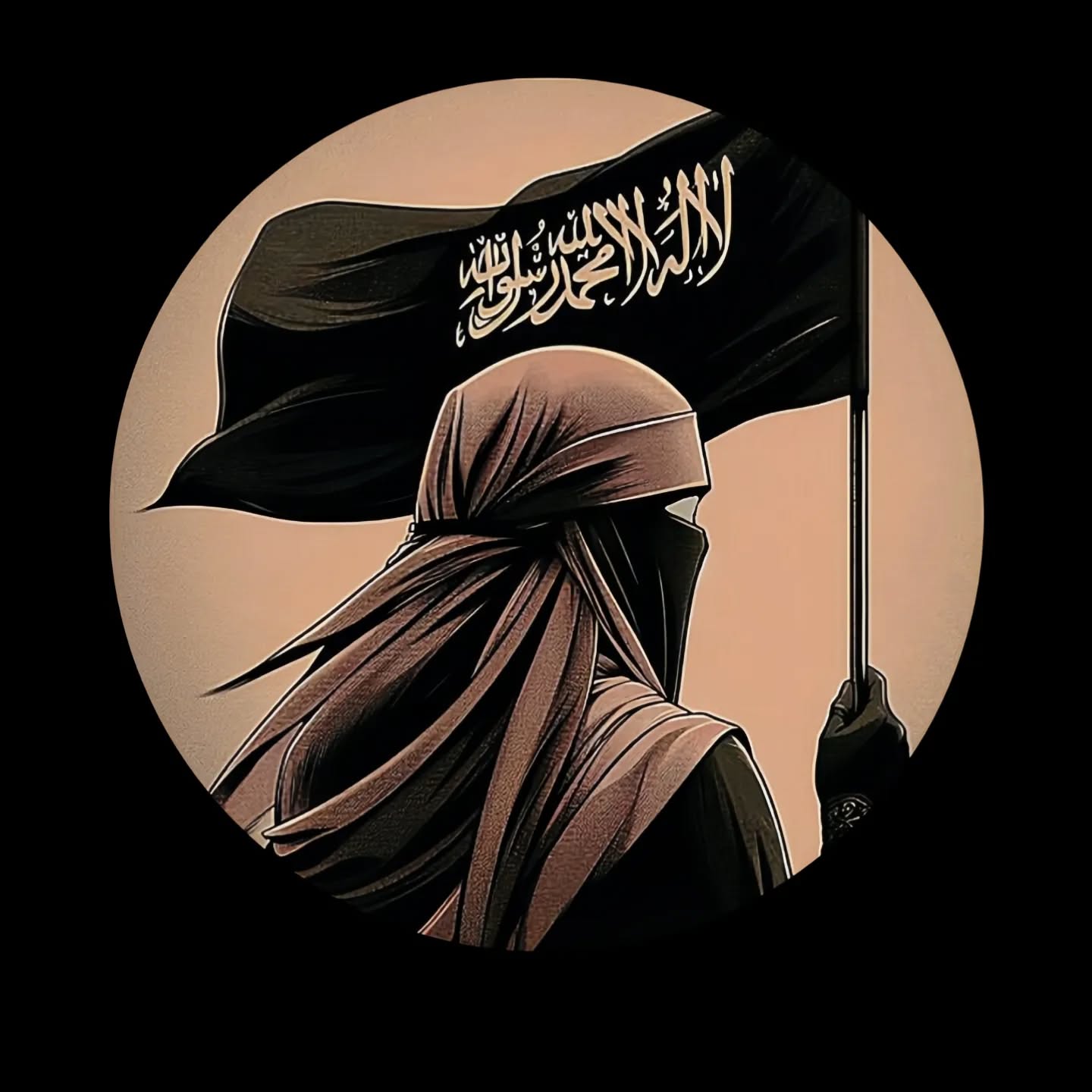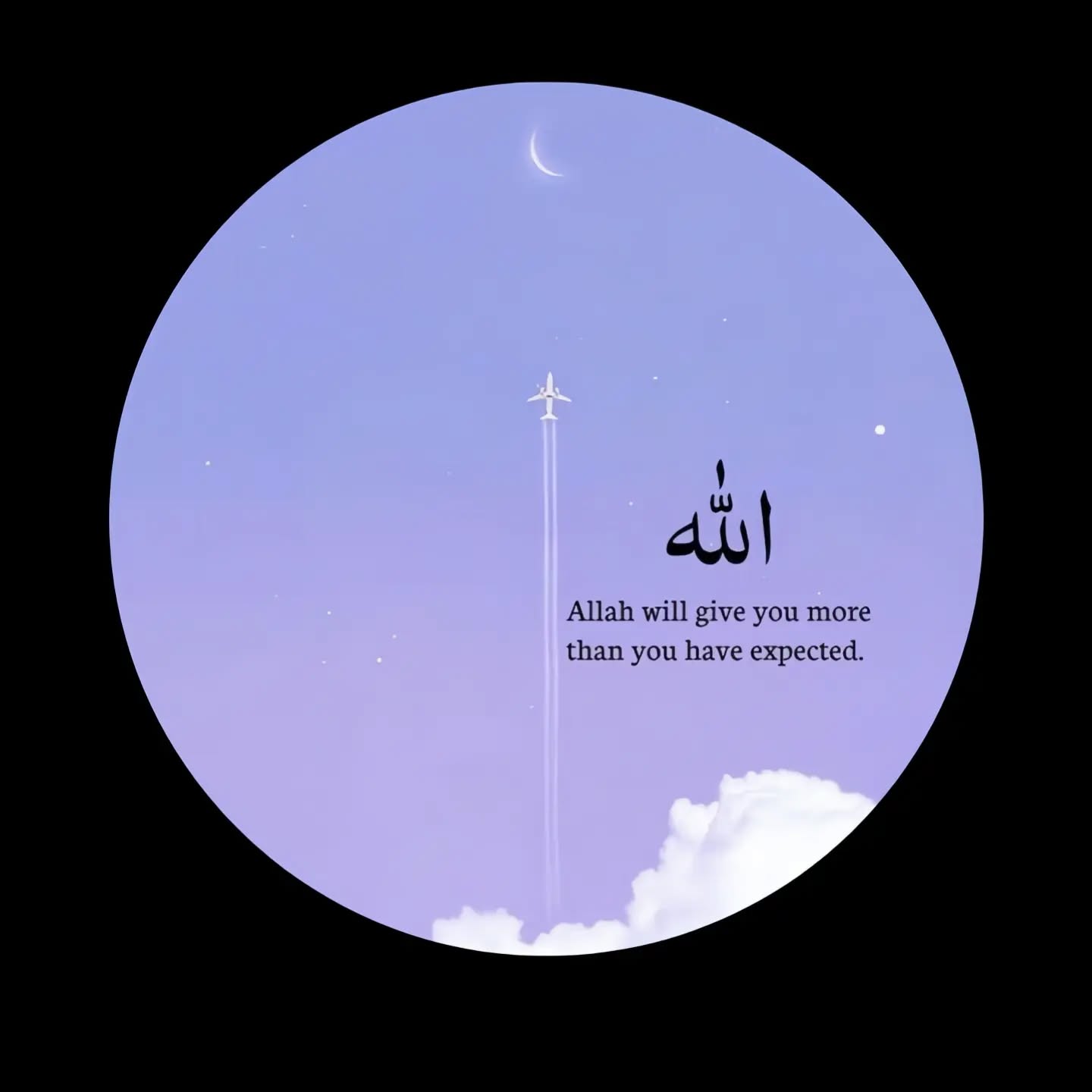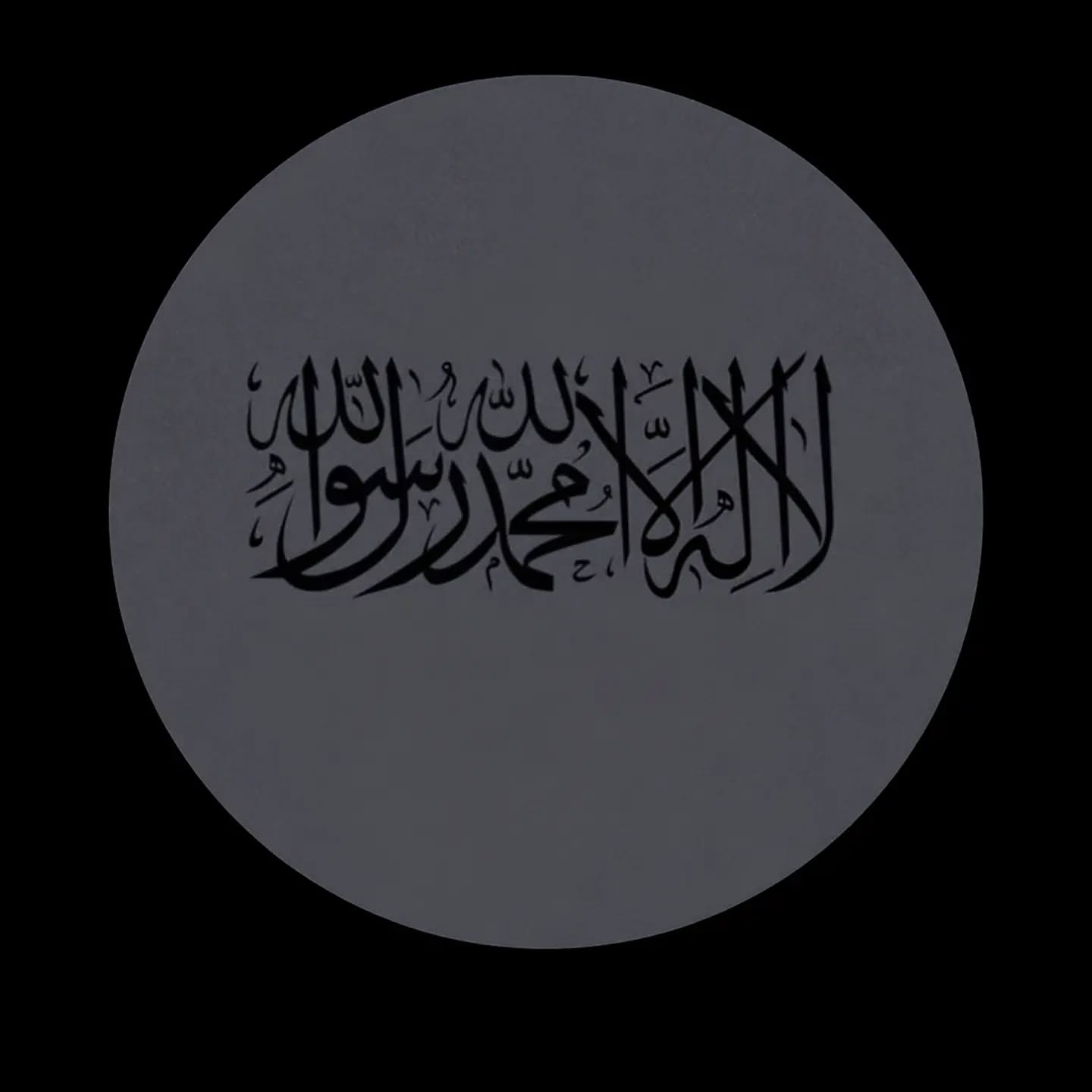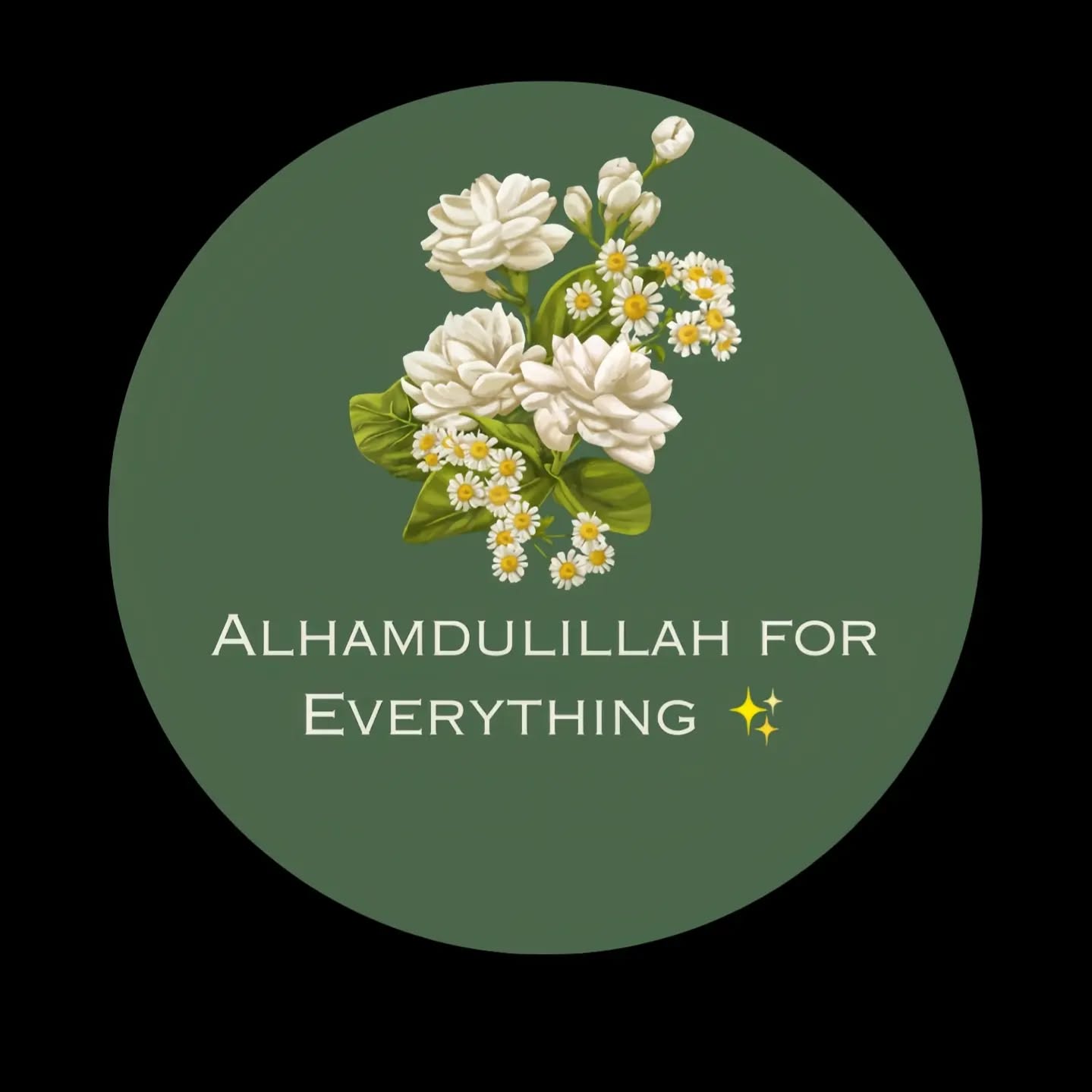
In today’s digital age, profile pictures (PFPs) have become more than just a visual representation of ourselves—they are a reflection of our identity, beliefs, and values.
For Muslims around the world, an Islamic PFP serves as a powerful way to express faith, share cultural heritage, and connect with like-minded individuals online.
Whether it’s through intricate Arabic calligraphy, serene nature scenes, or minimalist designs, Islamic PFPs are gaining popularity as a form of digital dawah (invitation to Islam) and a means of spiritual expression.
20 Islamic PFP for your Like
Types of Islamic PFPs
Islamic PFPs come in various styles, each with its own unique appeal. From traditional calligraphy to modern minimalist designs, there’s something for everyone.
Calligraphy-Based PFPs:
Arabic calligraphy is one of the most popular forms of Islamic art, and it’s no surprise that it’s a common choice for PFPs. Phrases like “Alhamdulillah” (Praise be to Allah) and “MashaAllah” (God has willed it) are often featured in intricate designs.
Nature-Inspired Islamic PFPs:
Nature holds a special place in Islamic teachings, and this is reflected in PFPs that feature elements like the moon, stars, and water. These images not only look beautiful but also carry deep symbolic meanings.
Minimalist Islamic PFPs:
For those who prefer simplicity, minimalist PFPs offer a clean and modern take on Islamic art. These designs often feature subtle elements like a small crescent moon or a single Arabic word.
Artistic and Creative Islamic PFPs:
Some PFPs take a more creative approach, blending traditional Islamic art with modern design techniques. These might include geometric patterns, architectural elements, or even abstract representations of Islamic concepts.
How to Choose the Right Islamic PFP
Choosing the right Islamic PFP is a personal journey that involves reflecting on your values, aesthetic preferences, and the message you want to convey.
Reflecting Personal Values and Beliefs:
Your PFP should be a true reflection of your faith and identity. Consider what aspects of Islam resonate most with you—whether it’s the beauty of Arabic calligraphy, the serenity of nature, or the simplicity of minimalist design.
Considering Aesthetic Appeal:
While the spiritual significance is important, the visual appeal of your PFP also matters. Choose a design that you find visually pleasing and that aligns with your personal style.
Ensuring Cultural Sensitivity and Authenticity:
It’s important to ensure that your PFP is culturally sensitive and authentic. Avoid using images or designs that could be misinterpreted or that don’t accurately represent Islamic teachings.
Conclusion
In conclusion, an Islamic PFP is more than just a profile picture—it’s a reflection of your faith, values, and identity. Whether you choose a traditional calligraphy design, a serene nature scene, or a modern minimalist creation, your PFP can serve as a powerful tool for self-expression and spiritual connection. As we’ve explored in this guide, Islamic PFPs are not only aesthetically pleasing but also carry deep cultural and psychological significance.
We encourage you to take the time to choose or create an Islamic PFP that resonates with you. Share your journey with others, and don’t be afraid to experiment with different styles and designs. Remember, your PFP is a reflection of who you are, so make it meaningful.
FAQs
1. What does PFP stand for?
PFP stands for “Profile Picture,” which is the image that represents you on social media platforms.
2. Can I use any image as an Islamic PFP?
While you can use any image, it’s important to choose one that aligns with Islamic values and teachings.
3. How do I make my PFP more unique?
You can make your PFP more unique by incorporating personal elements, such as your favorite Islamic phrase or a design that reflects your personality.
4. Are there any guidelines for Islamic PFPs?
While there are no strict guidelines, it’s important to ensure that your PFP is culturally sensitive and accurately represents Islamic teachings.
5. Where can I find inspiration for Islamic PFPs?
You can find inspiration for Islamic PFPs on social media platforms, Islamic art websites, and by exploring traditional Islamic designs.

